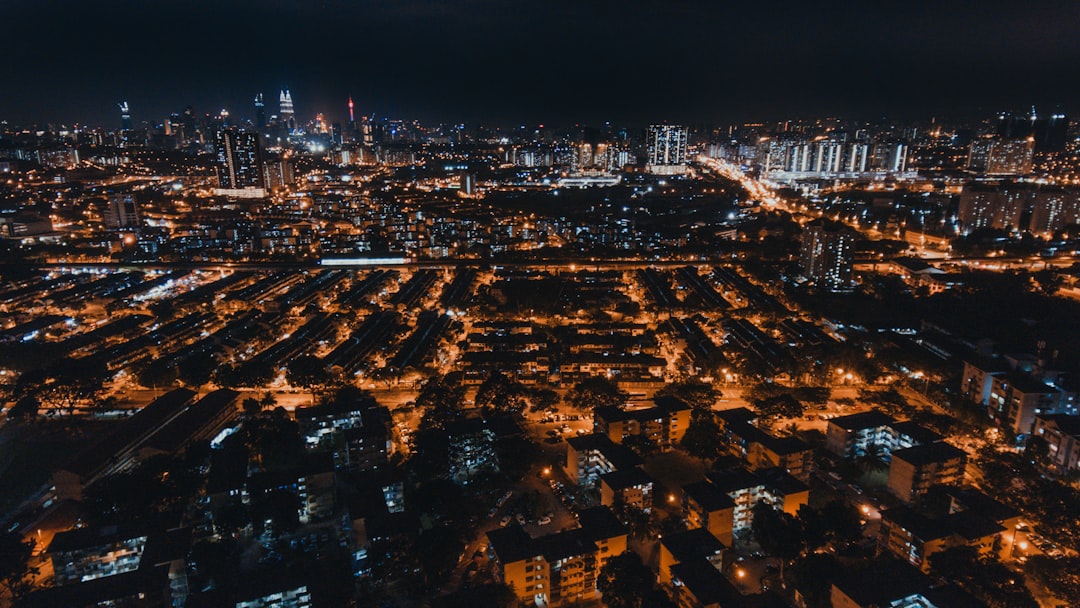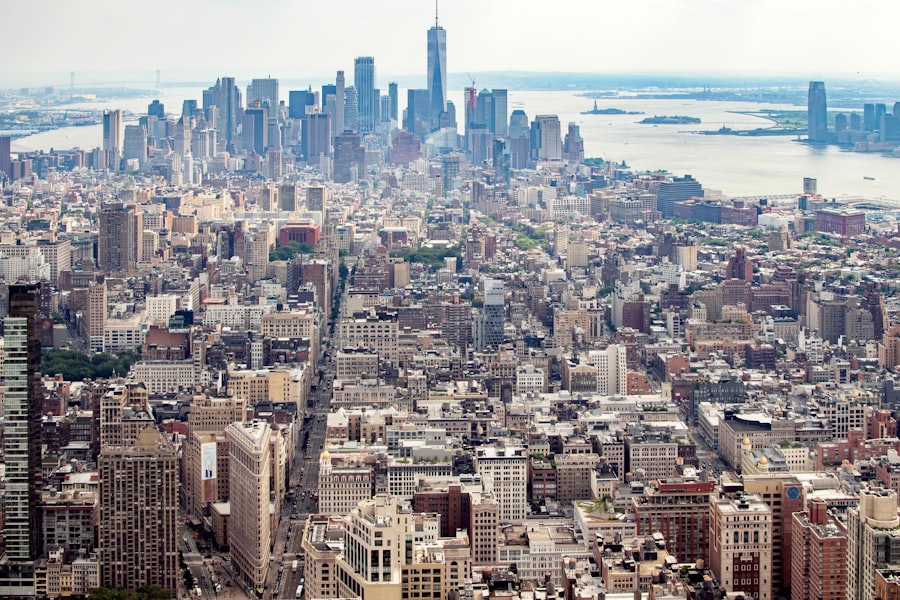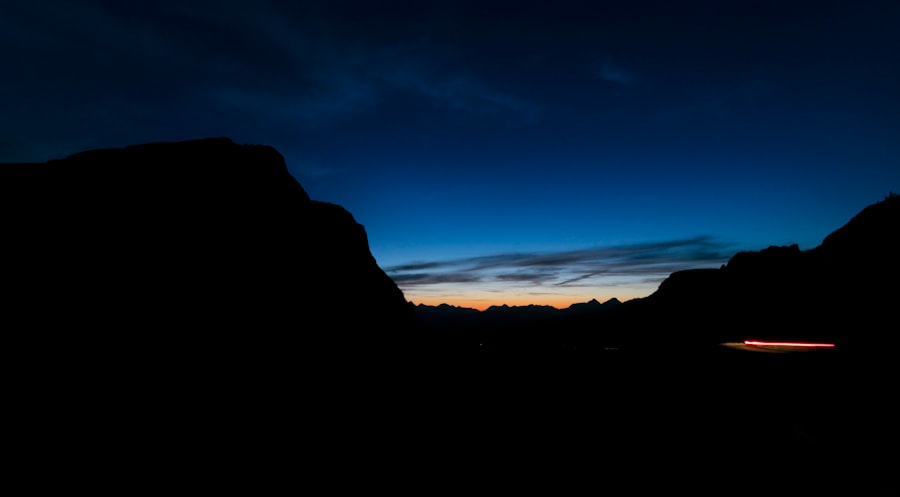
North Korea, officially known as the Democratic People’s Republic of Korea (DPRK), is a nation shrouded in mystery and intrigue. Nestled in East Asia, it shares borders with South Korea, China, and Russia, yet remains one of the most isolated countries in the world. The enigmatic nature of North Korea is amplified by its strict government control, limited access to information, and a tightly regulated society.
The country is often portrayed through a lens of political tension and human rights concerns, yet it possesses a rich tapestry of history, culture, and natural beauty that deserves exploration. The allure of North Korea lies not only in its political landscape but also in its cultural heritage and historical significance.
The country has a complex past that includes ancient dynasties, colonial rule, and a devastating war that shaped its current identity. Despite the challenges it faces, North Korea has managed to preserve many aspects of its traditional culture, which can be seen in its art, music, and festivals. For those willing to look beyond the headlines, North Korea offers a unique opportunity to witness a society that operates under a different set of values and norms, making it a fascinating destination for adventurous travelers.
Key Takeaways
- North Korea is a mysterious and fascinating country with a unique culture and history that has piqued the interest of travelers around the world.
- The historical and cultural facts about North Korea reveal a rich heritage and a strong sense of national identity, with influences from Confucianism and socialism.
- Must-visit places in North Korea include iconic landmarks such as the Kumsusan Palace of the Sun and the Demilitarized Zone, as well as attractions like the Mass Games and the Pyongyang Metro.
- North Korea is home to natural wonders such as Mount Paektu, the Chilbo Mountains, and the Kumgangsan Diamond Mountains, offering breathtaking landscapes and outdoor adventures.
- Unique sights and experiences in North Korea include the Arirang Mass Games, the Pyongyang Marathon, and the chance to interact with locals and gain insight into their way of life.
- Practical tips for traveling to North Korea include obtaining a visa through an authorized tour operator, respecting local customs and regulations, and being mindful of cultural sensitivities during your visit.
Historical and Cultural Facts about North Korea
The history of North Korea is deeply intertwined with the broader narrative of the Korean Peninsula. The region has been inhabited for thousands of years, with evidence of early civilizations dating back to the Gojoseon kingdom around 2333 BOver the centuries, various dynasties rose and fell, including the Goguryeo, Silla, and Goryeo kingdoms, each contributing to the rich cultural heritage of the area. The name “Korea” itself is derived from the Goryeo dynasty, which ruled from the 10th to the 14th centuries.
This historical backdrop laid the foundation for the distinct cultural identity that North Koreans embrace today. The 20th century brought significant upheaval to the Korean Peninsula. Following Japan’s annexation of Korea in 1910, the country endured harsh colonial rule until the end of World War II in 1945.
The subsequent division of Korea into North and South along the 38th parallel marked the beginning of a new era characterized by ideological conflict. The Korean War (1950-1953) solidified this division, leading to the establishment of two separate states with vastly different political systems. North Korea emerged as a socialist state under the leadership of Kim Il-sung, who emphasized self-reliance through his Juche ideology.
This historical context is crucial for understanding contemporary North Korean society, where loyalty to the state and its leaders is paramount. Culturally, North Korea has developed a unique identity that reflects its historical experiences. Traditional Korean art forms such as painting, music, and dance have been preserved and adapted within the context of state ideology.
The government promotes cultural activities that align with its political goals, often showcasing themes of patriotism and revolutionary spirit. Festivals like the Arirang Festival celebrate these artistic expressions through grand performances that involve thousands of participants. These events not only serve as entertainment but also as a means of reinforcing national pride and unity among citizens.
Must-Visit Places in North Korea: Landmarks and Attractions

Traveling through North Korea offers visitors a glimpse into its monumental architecture and significant landmarks that reflect the country’s history and ideology. One of the most iconic sites is Kim Il-sung Square in Pyongyang, which serves as a central hub for political gatherings and celebrations. The square is flanked by impressive structures such as the Grand People’s Study House and the towering Kim Il-sung Monument, where visitors can pay their respects to the country’s founding leader.
Natural Wonders of North Korea: National Parks and Scenic Spots
| Location | Main Attraction | Area | Visitors per year |
|---|---|---|---|
| Mount Kumgang | Diamond Mountains | 500 km² | 100,000 |
| Myohyangsan | Mysterious Fragrant Mountain | 1,017 km² | 50,000 |
| Paektu Mountain | Heaven Lake | 1,000 km² | 30,000 |
Beyond its urban landscapes, North Korea boasts an array of natural wonders that showcase its diverse geography.
This majestic volcano stands at 2,744 meters and features stunning landscapes, including a crater lake known as Heaven Lake.
The area is rich in biodiversity, with unique flora and fauna that thrive in its pristine environment. Hiking trails around Mount Paektu offer breathtaking views and an opportunity to connect with nature while exploring this culturally significant site. Another remarkable destination is Kumgangsan (Mount Kumgang), famous for its picturesque mountain ranges and scenic vistas.
This area has long been celebrated in Korean art and literature for its beauty. Visitors can explore various hiking trails that lead to stunning viewpoints, waterfalls, and ancient temples nestled within the mountains. The region’s natural beauty is complemented by its cultural significance; it has been a site for pilgrimage for centuries, drawing visitors seeking spiritual solace amidst its serene landscapes.
The coastal city of Wonsan also offers beautiful beaches and scenic views along the East Sea. The area is known for its picturesque coastline dotted with pine trees and rocky cliffs. Wonsan’s beaches provide an opportunity for relaxation and leisure activities during warmer months.
The city’s vibrant atmosphere contrasts with the more austere settings found elsewhere in North Korea, showcasing another facet of life in this intriguing country.
Unique Sights and Experiences in North Korea
Traveling in North Korea presents opportunities for unique experiences that are often unavailable elsewhere due to the country’s isolationist policies. One such experience is attending a performance at the Pyongyang Circus or witnessing a mass dance event known as “Mass Games.” These performances are grand spectacles that involve thousands of participants showcasing synchronized movements, elaborate costumes, and intricate choreography. They serve not only as entertainment but also as demonstrations of national pride and unity.
Visitors may also have the chance to engage with local culture through guided tours that include visits to traditional markets or local workshops where artisans create handicrafts. These interactions provide insight into daily life in North Korea, allowing travelers to observe how people navigate their routines within a highly controlled environment. Engaging with locals can lead to meaningful exchanges that challenge preconceived notions about life in this enigmatic nation.
Another unique aspect of traveling in North Korea is experiencing its culinary offerings. Traditional dishes such as kimchi, cold noodles (naengmyeon), and various rice-based meals reflect the country’s agricultural practices and cultural influences. Dining experiences often take place in state-run restaurants where visitors can sample authentic North Korean cuisine while enjoying performances by local musicians or dancers.
Practical Tips for Traveling to North Korea

Traveling to North Korea requires careful planning due to its strict regulations and limited access for foreigners. It is essential to book trips through authorized travel agencies that specialize in tours to the DPRK. These agencies provide guided tours that ensure compliance with local laws while offering insights into North Korean culture and history.
Independent travel is not permitted; all visitors must be accompanied by a guide throughout their stay. When preparing for a trip to North Korea, travelers should familiarize themselves with local customs and etiquette. Respect for authority figures is paramount; visitors should avoid discussing sensitive topics such as politics or human rights issues openly.
Photography is also regulated; tourists are typically restricted from taking pictures of military installations or certain government buildings without permission. Packing appropriately is crucial for navigating North Korea’s climate and cultural norms. Travelers should dress conservatively, especially when visiting significant sites such as monuments or museums.
Comfortable walking shoes are advisable for exploring cities or hiking in national parks. Additionally, it’s wise to carry cash in euros or Chinese yuan since credit cards are generally not accepted within the country. Understanding these practical considerations can enhance one’s experience while traveling through this fascinating yet complex nation.
By approaching North Korea with an open mind and respect for its unique culture, visitors can gain valuable insights into a society that remains largely hidden from the outside world.
If you’re intrigued by the unique and often mysterious characteristics of different countries, you might find our article on North Korea fascinating. However, for a broader perspective on global destinations and their unique attributes, consider exploring our detailed guide on Baltimore. This article offers insights into Baltimore’s rich history, cultural landmarks, and must-visit places, providing a vivid contrast to the enigmatic allure of North Korea. You can read more about Baltimore and its attractions by visiting Baltimore Facts and Places to Visit. This comparison might enhance your understanding of how diverse and culturally rich our world is, from the secretive corners of North Korea to the historic streets of Baltimore.
FAQs
What are some interesting facts about North Korea?
– North Korea is officially known as the Democratic People’s Republic of Korea (DPRK).
– It is one of the most isolated and secretive countries in the world.
– The country is ruled by the Kim dynasty, with the current leader being Kim Jong-un.
– North Korea has a state-controlled economy and strict government control over all aspects of life.
What are some popular places to visit in North Korea?
– The capital city, Pyongyang, is a popular destination for visitors, with attractions such as the Juche Tower, Kim Il-sung Square, and the Kumsusan Palace of the Sun.
– The DMZ (Demilitarized Zone) on the border with South Korea is a unique and heavily guarded area that can be visited with a guided tour.
– Mount Paektu, an active volcano and the highest peak on the Korean Peninsula, is a sacred site and a popular destination for hikers and nature enthusiasts.
What are some must-see sights in North Korea?
– The Arirang Mass Games, a spectacular performance featuring thousands of performers, is a must-see event held in Pyongyang.
– The Kumsusan Palace of the Sun is the mausoleum for former leaders Kim Il-sung and Kim Jong-il, and is a significant sight for visitors to pay their respects.
– The Pyongyang Metro is a unique and deep underground subway system that showcases the country’s propaganda art and architecture.



